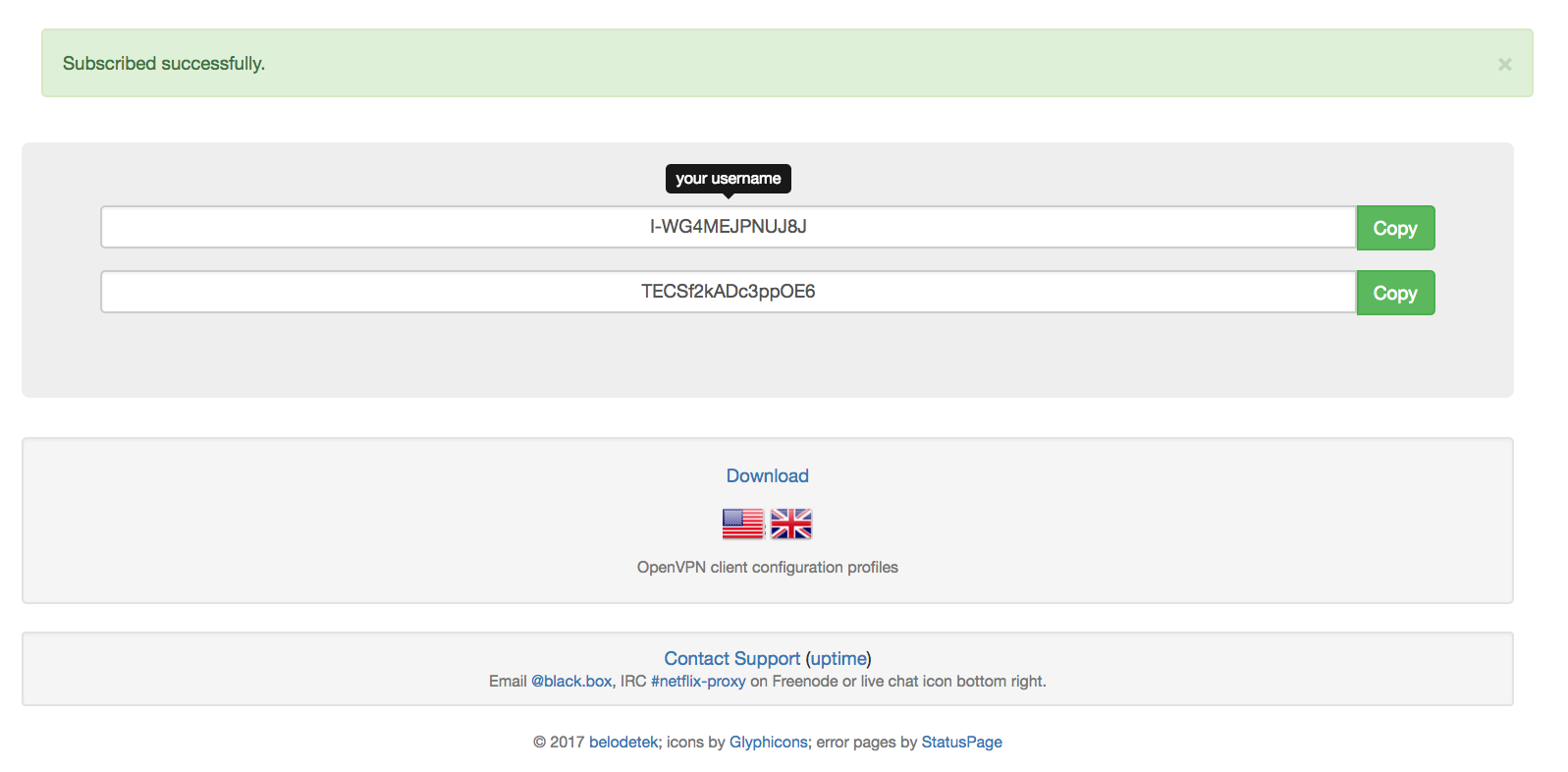

Step 2 - Creating a PKI for OpenVPNīefore you can create your OpenVPN server’s private key and certificate, you need to create a local Public Key Infrastructure directory on your OpenVPN server.

Once these programs are installed and have been moved to the right locations on your system, the next step is to create a Public Key Infrastructure (PKI) on the OpenVPN server so that you can request and manage TLS certificates for clients and other servers that will connect to your VPN. As a result, any updates to the easy-rsa package will be automatically reflected in your PKI’s scripts.įinally, ensure the directory’s owner is your non-root sudo user and restrict access to that user using chmod: Note: While other guides might instruct you to copy the easy-rsa package files into your PKI directory, this tutorial adopts a symlink approach.
#Tunnelblick android install#
To start off, update your OpenVPN Server’s package index and install OpenVPN and Easy-RSA. Easy-RSA is a public key infrastructure (PKI) management tool that you will use on the OpenVPN Server to generate a certificate request that you will then verify and sign on the CA Server. The first step in this tutorial is to install OpenVPN and Easy-RSA.
#Tunnelblick android how to#
See How to Set Up SSH Keys on Ubuntu 20.04 for instructions on how to perform either of these solutions. Alternatively, you could generate an SSH keypair for each server, then add the OpenVPN Server’s public SSH key to the CA machine’s authorized_keys file and vice versa.
#Tunnelblick android password#
To resolve this issue, you could re-enable password authentication on each server. Note: Please note that if you disable password authentication while configuring these servers, you may run into difficulties when transferring files between them later on in this guide. Step 14 - Testing Your VPN Connection (Optional).Configuring Clients that use update-resolv-conf.Configuring Clients that use systemd-resolved.Step 13 - Installing the Client Configuration.Step 12 - Generating Client Configurations.Step 11 - Creating the Client Configuration Infrastructure.Step 8 - Adjusting the OpenVPN Server Networking Configuration.(Optional) Point to Non-Default Credentials.(Optional) Adjust the Port and Protocol.(Optional) Push DNS Changes to Redirect All Traffic Through the VPN.Step 6 - Generating a Client Certificate and Key Pair.



 0 kommentar(er)
0 kommentar(er)
